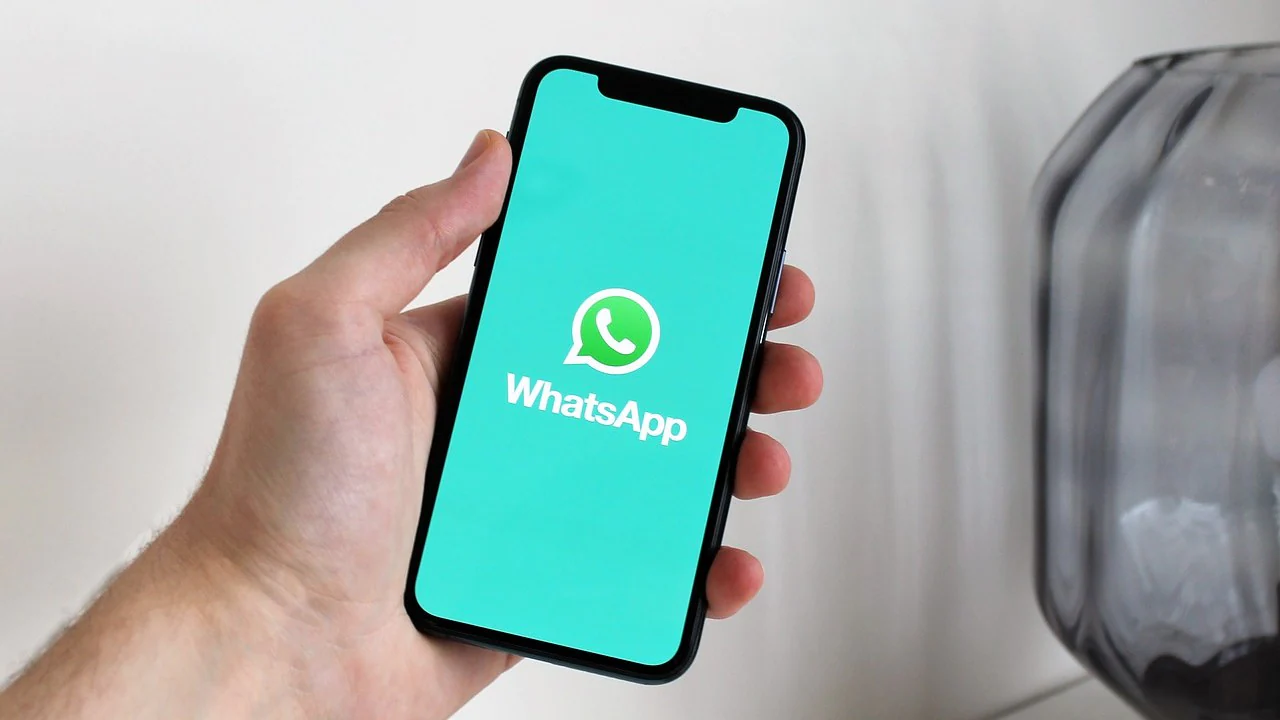The US Department of Justice and the attorneys general from 16 states and the District of Columbia have filed an antitrust lawsuit against Apple in a federal court. The lawsuit alleges that Apple monopolizes the premium smartphone market and uses various illegal and anticompetitive strategies to maintain its dominant position.

At the core of the lawsuit is Apple’s hold in the US smartphone market, where it commands over 70 percent of the market share. This, coupled with Apple’s stringent control over its app ecosystem, has caused the DoJ to file this lawsuit.
The lawsuit also alleges that Apple’s position allowed it to “squeeze developers as well as customers for more revenue.”
The filing of the antitrust lawsuit was anticipated for some time. The lawsuit, coupled with the messaging from the DOJ and the coalition of states, squarely targets the iPhone. The DoJ is framing the case as pivotal for the future of technology.
The DoJ also argues that Apple’s ascent to dominance, partly facilitated by the 1998 antitrust case against Microsoft, means that another landmark antitrust intervention is required to safeguard the future of tech and innovation.
What is the lawsuit about?
At the heart of the lawsuit is the claim that Apple’s stringent control over its hardware and software products makes it challenging for rivals to enter the market and for consumers to go for alternative options.
This move came shortly after the European Commission imposed a fine of €1.8 billion ($1.95 billion) on Apple, citing similar concerns about the company’s practices regarding music streaming services.
According to Attorney General Merrick Garland, who addressed the issue in a statement featured on CNN, Apple’s tactics limit competition and result in consumers, developers, and various other stakeholders paying more for their services.
The lawsuit also asserts that Apple has unlawfully monopolized the software app market, alleging that the company has used its dominant control over iOS to stifle innovation and prevent the emergence of competing apps and services.
The complaint outlines accusations that Apple has impeded the integration of competing technologies, such as Android messages, on its devices and obstructed rival payment platforms. The lawsuit contends that by stifling innovation, Apple reinforces its monopoly in the smartphone industry, not by enhancing user experience but by deterring potential threats to its market dominance.
A similar lawsuit against Microsoft
Setting aside the intricacies of the tactics and their legality, the current antitrust case against Apple is similar to the Department of Justice’s (DOJ) antitrust lawsuit against Microsoft in the 1990s. Attorney General Merrick Garland acknowledged these parallels, highlighting how both cases involve allegations of leveraging market dominance to stifle competition.
However, a crucial distinction exists between the two cases: while Microsoft indisputably held a monopoly over the market for operating systems for personal computers, Apple’s monopoly position is less clear-cut.
As Garland emphasized in his press conference, having a monopoly is not inherently illegal; the tactics employed to maintain it may violate antitrust laws. To substantiate such claims, it’s imperative to demonstrate that the defendant possesses sufficient market power to impede competitors.
In the pre-smartphone era, Microsoft Windows boasted well over 90 percent market share in the relevant market of operating systems for personal computers. Its dominance was so pronounced that estimates suggested Microsoft operating systems ran on approximately 97% of all computing devices by 2000.
Despite the mixed outcome of the Microsoft antitrust case, where many penalties, including the proposed breakup of Microsoft, were overturned on appeal, the factual determinations of the case unequivocally established Microsoft’s monopoly power. This laid the groundwork for numerous subsequent private lawsuits, most of which Microsoft settled.
In contrast, when compared purely numerically, Apple’s market share is considerably lower than what Microsoft once commanded.
How bad is it for Apple?
In its lawsuit, the Department of Justice (DOJ) contends that Apple commands over 70% of the smartphone market share in the United States when measured by revenue. This places Apple significantly ahead of its closest competitor, Samsung, which holds an 18% share.
The DOJ argues that although Apple’s market share globally stands at 23%, with Samsung at 16%, the US market is particularly relevant due to consumer purchasing habits through carriers and the regulatory landscape. Additionally, the DOJ highlights the preference for iPhones among young users and higher-demographic households as indicators of Apple’s dominance.
The government asserts that Apple’s market position constitutes monopoly power in the smartphone and premium smartphone markets, primarily due to barriers to entry. It argues that existing smartphone users, most of whom already own iPhones, are more likely to continue choosing Apple products when upgrading.
The DOJ points to alleged tactics employed by Apple, such as distinguishing between blue and green message bubbles for iPhone and Android users and steering users towards Apple’s proprietary FaceTime platform, as examples of artificial barriers hindering users from switching to alternative devices.
Switching, the DOJ contends, incurs costs and challenges, including adapting to a new interface, purchasing new apps, and transferring data.
Furthermore, the DOJ outlines a series of technical barriers to entry, including the procurement of expensive components, the design of sophisticated hardware and software, and the establishment of distribution agreements.
How Apple plans to fight this?
Apple has responded to the long-anticipated Department of Justice lawsuit, asserting that the legal action jeopardizes the company’s identity. In a statement, Apple declares its intent to defend itself against the allegations outlined in the lawsuit vigorously.
At Apple, we innovate daily to make technology people love—designing products that work seamlessly together, protect people’s privacy and security, and create a magical experience for our users. This lawsuit threatens who we are and the principles that set Apple products apart in fiercely competitive markets. If successful, it would hinder our ability to create the kind of technology people expect from Apple—where hardware, software, and services intersect. It would also set a dangerous precedent, empowering the government to take a heavy hand in designing people’s technology. We believe this lawsuit is wrong on the facts and the law and will vigorously defend against it.
Apple could counter the Department of Justice’s arguments by asserting that its focus on product differentiation and integration does not equate to anti-competitive behavior. The company might argue that offering a seamlessly integrated platform with built-in apps tailored for specific functionalities, such as web browsing and videoconferencing, enhances user experience and convenience, thereby driving customer preference. Apple may emphasize that consumers choose its products not because they are obstructed from switching to Android but because they genuinely prefer the Apple ecosystem.
Furthermore, Apple could highlight its substantial investments over the past 15 years in establishing robust supply chains, forging partnerships with carriers and developers, and fostering relationships within the industry. The company could question why it should face punishment now for its diligent work to establish its leadership position in the market.
Regarding the allegations outlined in the lawsuit, Apple may argue that its actions, such as limiting app growth or ensuring compatibility with non-Apple smartwatches, aim to maintain product quality and security rather than stifle competition. The company could contend that features like CarPlay, FaceTime, and news and entertainment subscriptions are innovations intended to enhance user experience and provide added value to customers rather than anti-competitive measures.
In essence, Apple may present its business practices as legitimate efforts to innovate and improve its products rather than as anti-competitive tactics to exclude rivals from the market.









